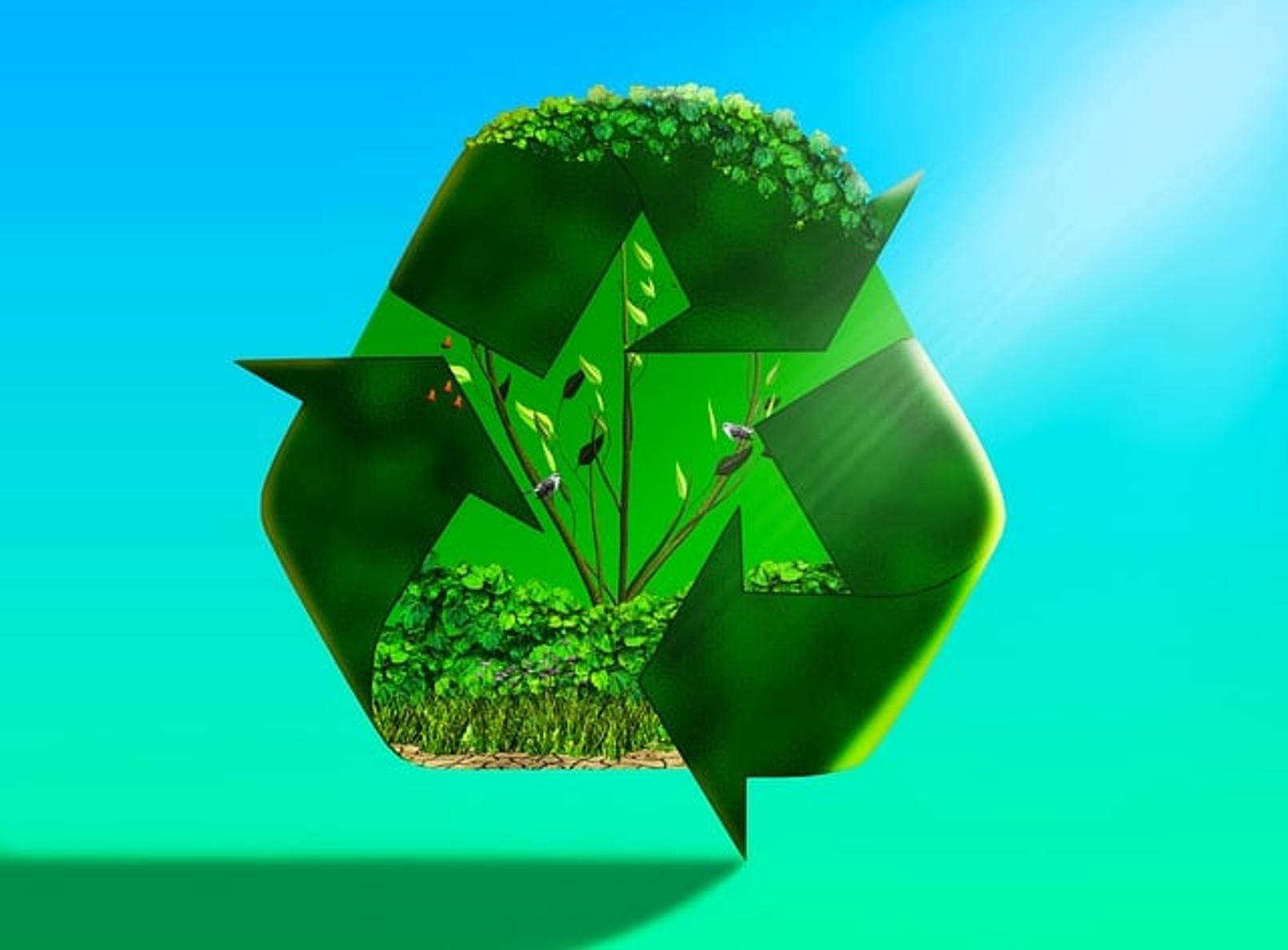Introduction
The lifecycle of a computer doesn’t end when it stops working or becomes obsolete. To mitigate environmental impacts and recover valuable materials, computers must be recycled properly. This blog aims to explain the entire recycling process, from collection to the creation of new products, and highlight the importance of recycling e-waste.

The Growing Problem of E-Waste
E-waste is one of the fastest-growing waste streams worldwide. Discarded electronics, including computers, contribute significantly to this problem, which poses severe environmental and health risks. Toxic substances like lead, mercury, and cadmium can leach into soil and water, jeopardizing ecosystems and human health. Proper recycling practices are crucial in managing this growing issue.

Why Recycling Computers is Essential
Recycling computers isn’t merely about proper disposal. It conserves natural resources, reduces environmental pollution, and prevents hazardous materials from causing harm. Additionally, recovering and reusing valuable components reduces the demand for new raw materials, promoting sustainability and cost savings in manufacturing processes.
Collection and Transport
Local Collection Points and E-Waste Drives
Communities and organizations often set up local collection points and e-waste drives. These events encourage residents to bring their old electronics, making it convenient to recycle responsibly. Special recycling bins and collection centers are also available in many areas year-round.
Transporting E-Waste to Recycling Centers
Once collected, e-waste must be transported to specialized recycling centers. Hauling services ensure that the e-waste is moved safely and efficiently. Proper transportation is key to preventing any damage or leakage of hazardous materials during transit.

Sorting and Disassembly
Manual vs. Automated Sorting
At the recycling facility, sorting is the first step. This can be done manually or through automated systems. Manual sorting involves workers separating items based on type and condition, while automated systems use advanced technology to classify and sort materials efficiently.
Identifying Reusable Components
One of the primary goals of sorting is to identify reusable components. Parts like memory chips, hard drives, and circuit boards can often be refurbished and reused, reducing the need for new manufacturing and conserving resources.
Safe Removal of Hazardous Materials
Removing hazardous materials is a critical aspect of the disassembly process. Skilled technicians carefully extract toxic substances, such as mercury from LCD screens or lead from batteries, ensuring these materials are dealt with safely according to environmental regulations.
Secure Data Destruction
Data security is a significant concern when recycling computers. Personal and business information can be stored on hard drives and other components. Ensuring data is thoroughly and securely destroyed is imperative to protect privacy and prevent data breaches.
Importance of Data Security
Data security is a significant concern when recycling computers. Personal and business information can be stored on hard drives and other components. Ensuring data is thoroughly and securely destroyed is imperative to protect privacy and prevent data breaches.
Methods of Data Erasure and Destruction
Several methods ensure secure data destruction:
1. Data Wiping: Overwrites existing data with random information until it’s unrecoverable.
2. Degaussing: Uses a powerful magnet to erase data from magnetic storage devices.
3. Shredding: Physically destroys storage devices, making data retrieval impossible.
Shredding and Material Recovery
After hazardous materials are safely removed, the remaining components undergo shredding. This process breaks down the e-waste into smaller pieces, enabling easier separation and recovery of different materials.
The Shredding Process Explained
After hazardous materials are safely removed, the remaining components undergo shredding. This process breaks down the e-waste into smaller pieces, enabling easier separation and recovery of different materials.
Separating Metals, Plastics, and Other Materials
Once shredded, various techniques separate the materials:
– Magnetic Separation: Extracts ferrous metals like iron and steel.
– Eddy Current Separation: Segregates non-ferrous metals such as aluminum and copper.
– Optical Sorting: Identifies and separates plastics based on type and color.
Refining Raw Materials
Recycling computers is not complete without refining the recovered materials. This process ensures that the quality of the materials meets the standards required for manufacturing new products.
Processing Metals and Precious Elements
Recovered metals, including precious elements like gold and silver, undergo refining to remove impurities. This process ensures that the materials can be reused in manufacturing new products to their highest potential.
Recycling Plastics and Other Non-Metals
Plastics and non-metals are processed differently. Plastics are cleaned, melted down, and formed into pellets for manufacturing new products. Other non-metals, like glass and ceramics, are similarly processed and repurposed.
Creating New Products
The final stage in the recycling process is creating new products from the refined materials. This step highlights the sustainability aspect of recycling and shows the loop from old to new.
Turning Recycled Materials into New Components
Once refined, recycled materials are ready for use in new manufacturing. Metals are crafted into new electronic components, while plastics are used in various products, reducing the demand for virgin materials.
Sustainability in the Manufacturing Process
Utilizing recycled materials in production promotes sustainability. It reduces energy consumption, conserves natural resources, and lessens environmental impact, demonstrating a commitment to ecological responsibility.
Conclusion
Recycling computers is a multifaceted process essential for sustainability and resource conservation. From collection and transport to sorting, secure data destruction, and material recovery, each step plays a crucial role in mitigating the environmental impact of e-waste. By understanding the comprehensive procedure involved in recycling computers, we can appreciate the efforts required to manage e-waste and contribute to a more sustainable future.
Frequently Asked Questions
Why is it important to recycle computers?
Recycling computers helps conserve natural resources, reduces pollution, and minimizes the harmful effects of toxic substances in the environment.
How can I safely erase data from my computer before recycling?
Use data wiping software, degauss the storage device, or physically destroy the hard drive to ensure secure data erasure before recycling.
What happens to the materials recovered from recycled computers?
Recovered materials are refined and repurposed in the manufacturing of new products, promoting sustainability and reducing the demand for new raw materials.
